From the 6th-12th grade, I had the opportunity to be on my school’s wrestling team. My time as a wrestler was interesting, and I can probably even say that it was life-changing. Beginning my athletic career with a rusty start, I wrestled within the 175-weight class. My high school coach, Daniel Jinks, who, in fact, is a WRESTLING beast, left us at the last minute for a school in Sacramento, CA. He probably got fed up with having a sucky team on his hands and wanted to boost his credibility as another school’s coach. Coach Jinks was a man with patience and empathy, sometimes too much patience and empathy. He would sometimes let us take unnecessary breaks during practice when we got tired, rarely pushed us to our limits, and refrained from screaming at his athletes. In that moment, I was happy that our coach wasn’t being harsh. However, I would finally come to realize that having this experience with Coach Jinks made adjusting to high school wrestling extremely difficult.

Fast forward a couple of years, and I arrived in high school. Before starting a new educational milestone, I was warned by my parents about the competitiveness of high school wrestling and how wrestling in middle school would never amount to the same level of difficulty as high school wrestling. I walked into the after-school wrestling room, which at the time, was a non-ventilated, hot, mat-covered room with blood on the walls. As I laced up my Adidas wrestling shoes and people started to flood into the practice room, a very stern, hostile, raspy voice was heard in the distance.
After a few minutes passed by, an old grey-bearded man walked in with a stopwatch and ordered us to run in a huge circle until he told us to stop. Since I was previously labeled as an in-shape individual, I had no problems undergoing the cardio part of the tryouts. I was exhausted and had to leave the room to catch my breath. I came back and that’s when he then told us to run live matches, which is when you must wrestle another practice mate as if you’re in a real match. Lying on the ground, this raspy-voiced individual finally introduced himself to us. His name is Wayne Turner, the school’s decades-old football coach, and an All-American Baseball, Football, and Wrestling athlete. Legend has it that when Coach Turner was in his prime, he was expected to play in the NFL.

However, due to a freakish accident where he killed his practice teammate, he took a step back from sports and got into sports coaching. At the time, Coach Turner was practically a Chattanooga celebrity. He was Tyner High School’s head coach for so long that many individuals far older than my parents were coached by him.
As the season progressed, I got to know Coach Turner’s coaching style a little bit more, noticing that his coaching style was far more abrasive than that of Coach Jinks. On the sidelines of Tyner’s popular high school football games, Coach Turner would be seen yelling and berating the players. When I then asked him why he prefers to do this to his students, he said that he does this because he cares for their successes.
Passion coaching is something that many experts despise and is when a coach uses an almost totalitarian leadership style to manage their team. As I watched Coach Turner and Coach’s similar, I started to think, can you really be that passionate about a team of players that much? Well, I got to put my proposed theory to the test by playing Retro Bowl. a ‘vintage’ inspired football game.
When I first loaded the game, I was skeptical if I was going to like what I was about to play, mainly because I rarely liked watching football. However, in an instance of boredom, I selected South Carolina, a very uninteresting team from a state that I had never visited. I was matched with an interesting group of guys who had the tendency to throw interceptions, incomplete passes, and ultimately run away from the ball.


As I started to become detached from the game, thinking that I couldn’t possibly write a blog post on this garbage, I gave it another chance, playing multiple teams throughout the season. As we progressed, my team started to get increasingly better, and I began to develop a level of attachment to the players, wanting them to overly succeed and bring the state of South Carolina its first RB Championship.
After devastatingly losing the RB playoffs after the first round to Atlanta, our longstanding rival, South Carolina’s Running Back Oliver Izzo and Tight End, Timmy Atkins took the time during our off-season to train hard, leading our team to the winning streak that I so eagerly dreaded for. We started catching longer passes, running faster, and securing more touchdowns. I was content with my team’s performance and became increasingly happy when I saw that we had a chance at successfully winning an RB Championship.
The momentum that was constantly felt while playing the game ended up turning into little bursts of rage when the team made a mistake. I, as a coach, started to inhabit the thinking of Coach Turner, which is how every mistake deducts from the chances of winning the ultimate prize, a championship trophy.
As I was playing the game throughout the weeks of having it, I would consistently scream swear words at the top of my lungs. Not sure if my neighbors could hear me, but my iPad was able to pick up a lot of the shouting noises, further showing the level of intensity that I had for the players.
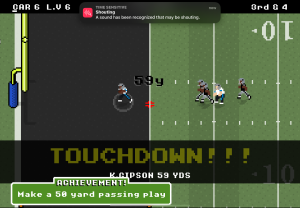
Despite my screaming, our team kept working harder until we were able to successfully beat Atlanta, winning us an RB Championship. But I wasn’t satisfied with just one. On the leaderboard, some individuals played this game and were able to get over 3 championships.

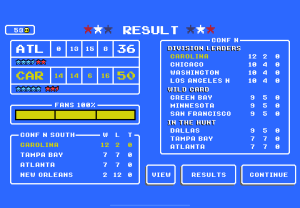
Distraught by this leaderboard ranking, I fired all my coaching staff, and hired new staff from star football programs, ultimately leaving the SC team with their new coaches, and accepting a more promising job with the Texas program. During my tenure, I was content with the outcome, I left my fans with a great stadium, huge salary cap, state of the art training facilities, and state of the art rehad facilitates.
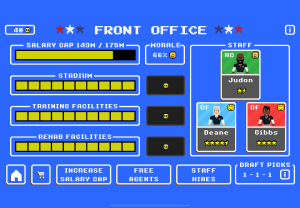
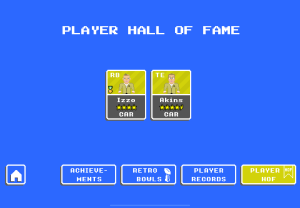
As you read this blog post, you may be thinking, why in the world were you so uptight about the team’s winnings, is it just a game, and did it really take screaming at the players, rather than your coaches? Well, I did things the way I did because it’s not that I hated the players, it’s because I genuinely cared about them and cited the origins of my quick coaching style because I wanted them to win and succeed in life, reaping all the benefits and royalties that come with success on and off the field.
As I came to this conclusion, I had read many studies that said that passion coaching didn’t work, and after playing Retro Bowl and understanding Coach Turner’s coaching style, I started to see the studies about screaming/showing tough love towards players, as completely inaccurate. From personal experience, Turner’s screaming and tough love only pushed us to try harder in our matches. And as I end my last blog post for the semester, I want to end by asking you another question. If ‘passion coaching’ is so bad, why do coaches who have this style of coaching, secure multiple state sport wins and state tournament appearances? Is it the players who are dramatizing the coaches’ actions, or the psychologists, who have probably never played sports a day in their lives?
– Jaylan
Sources:
https://www.shelbycountyreporter.com/2015/06/18/is-yelling-an-effective-coaching-method

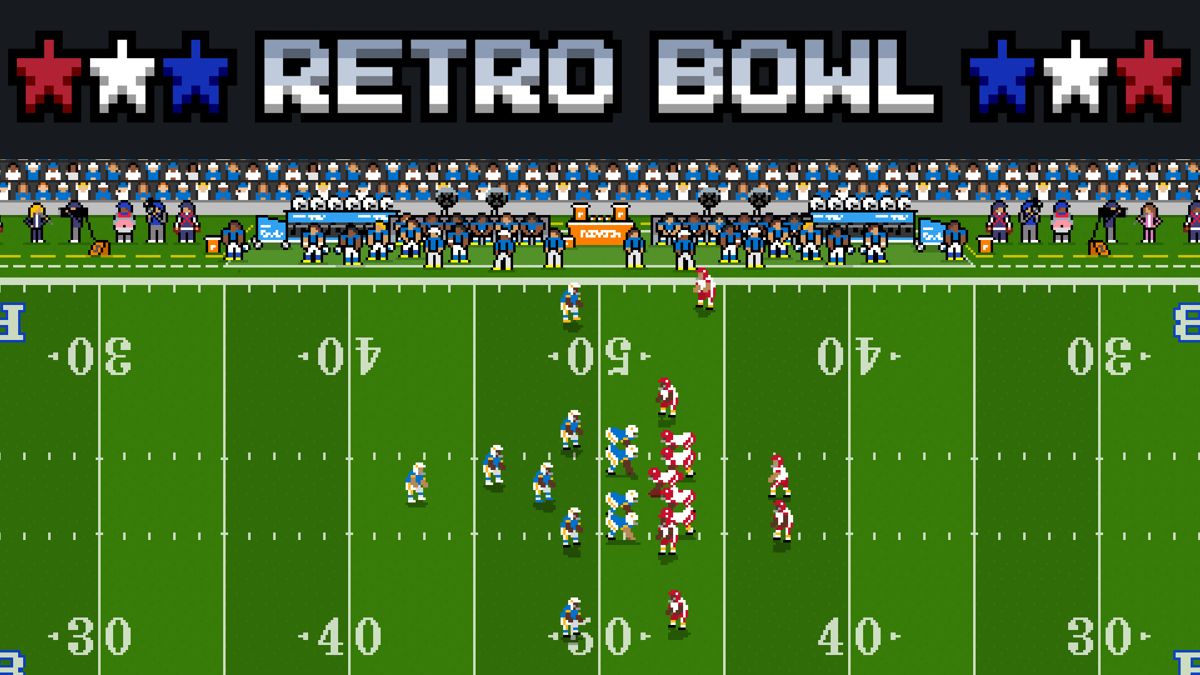






You must be logged in to post a comment.